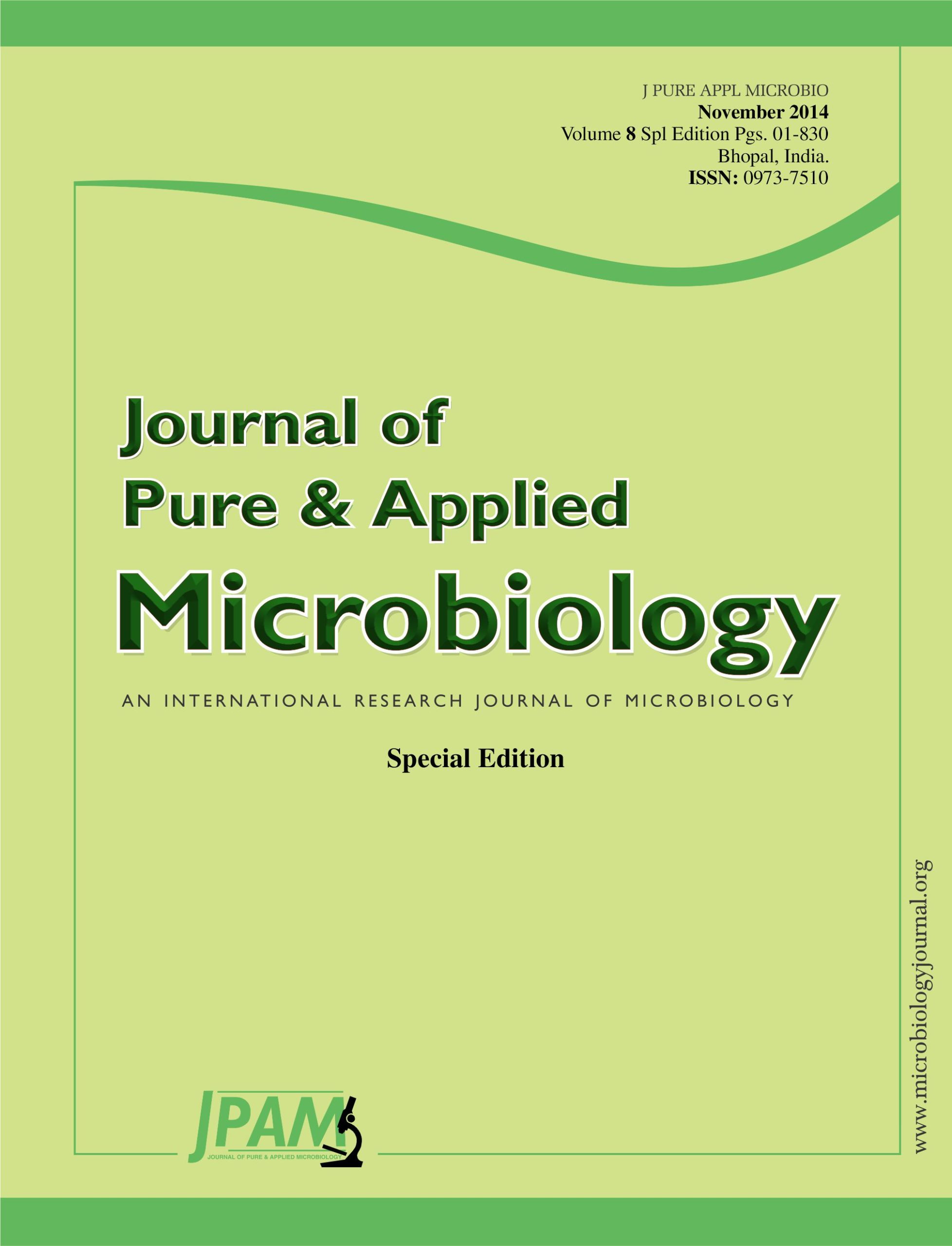Piper sarmentosum L., locally known as Kadok, is a tropical plant that grows in the wild and in cultivation in Southeast Asia. The plant is known for its medicinal properties and variety of active chemical constituents. The antibacterial capacity of methanolic leaf extracts (25, 50, 100, and 200 mg/mL) of P. sarmentosum and of phenolic standards was screened against gram-negative bacteria Pseudomonas fuscovaginae and Xanthomonas oryzae pv. oryzae, two major pathogens of rice (Oryza sativa L.), by agar-well diffusion and disc-diffusion assays, and compared with that of streptomycin sulfate (30 mg/ml). The inhibition zones for the extracts ranged from 9.0 to 19.33 mm; the minimum inhibitory concentration for both P. fuscovaginae and X. oryzae was 12.5 mg/mL and the minimum bactericidal concentrations were 25.0 and 12.5 mg/mL, respectively. Four phenolic compounds (gallic acid, tannic acid, quercetin, and naringin) were identified and quantified by reversed phase high-performance liquid chromatography diode-array detection (HPLC-DAD). Antibacterial assays indicated that these four compounds were potential natural antimicrobial agents against P. fuscovaginae and X. oryzae. The results presented here suggest that leaf extract of P. sarmentosum has strong potential to serve as a novel bactericide for disease suppression in crop plants.
Leaf extract, P. fuscovaginae, X. oryzae pv. oryzae, agar well diffusion assay, phenolic compounds, minimal inhibition concentration
© The Author(s) 2014. Open Access. This article is distributed under the terms of the Creative Commons Attribution 4.0 International License which permits unrestricted use, sharing, distribution, and reproduction in any medium, provided you give appropriate credit to the original author(s) and the source, provide a link to the Creative Commons license, and indicate if changes were made.


